Tredor Trading
Outdoor Furniture
How to Choose the Perfect Outdoor Table for Your Patio or Garden
When it comes to enhancing your outdoor living space, selecting the right outdoor tables is paramount. According to the American Society of Landscape Architects, more homeowners are investing in outdoor furnishings, with 50% citing the need for durable and stylish tables that can withstand various weather conditions. A recent report by Grand View Research highlights that the global outdoor furniture market is expected to reach USD 21 billion by 2025, driven by a growing trend in outdoor entertaining and patio design. As you embark on the journey to choose the perfect outdoor table for your patio or garden, understanding the diverse materials, styles, and functionalities available is essential. This guide will equip you with the necessary insights to make a well-informed decision, ensuring that your outdoor space not only meets your aesthetic desires but also provides a comfortable and practical dining or lounging experience.
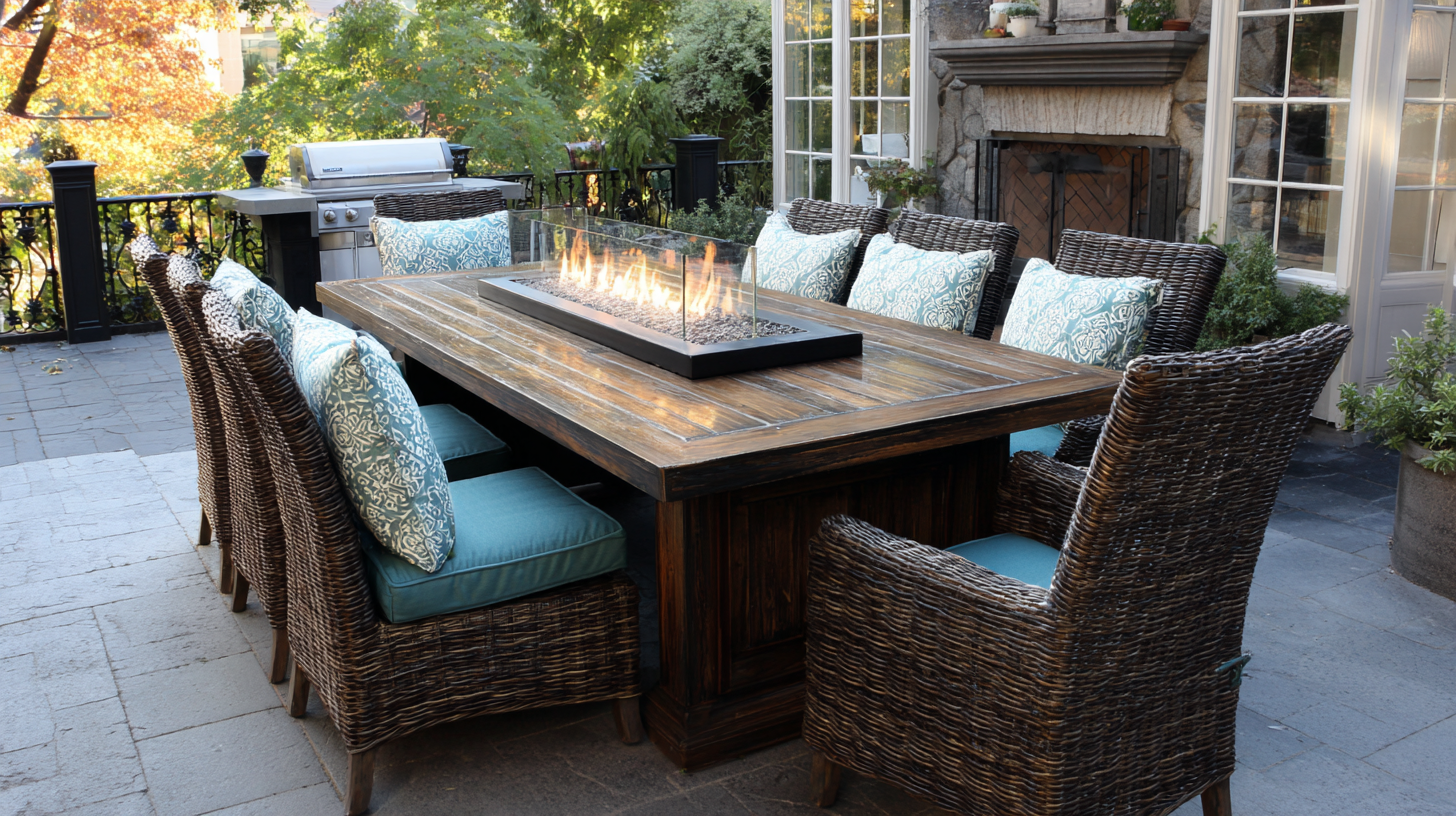
Choosing the Right Material for Your Outdoor Table: Durability and Aesthetics
When selecting the ideal outdoor table for your patio or garden, the choice of material is paramount in achieving a balance between durability and aesthetics. According to a report by the American Society of Landscape Architects, nearly 70% of homeowners consider materials that withstand various weather conditions crucial when making outdoor furniture decisions. This data underscores the importance of selecting a material that not only complements your outdoor decor but also endures exposure to elements like rain and sun.
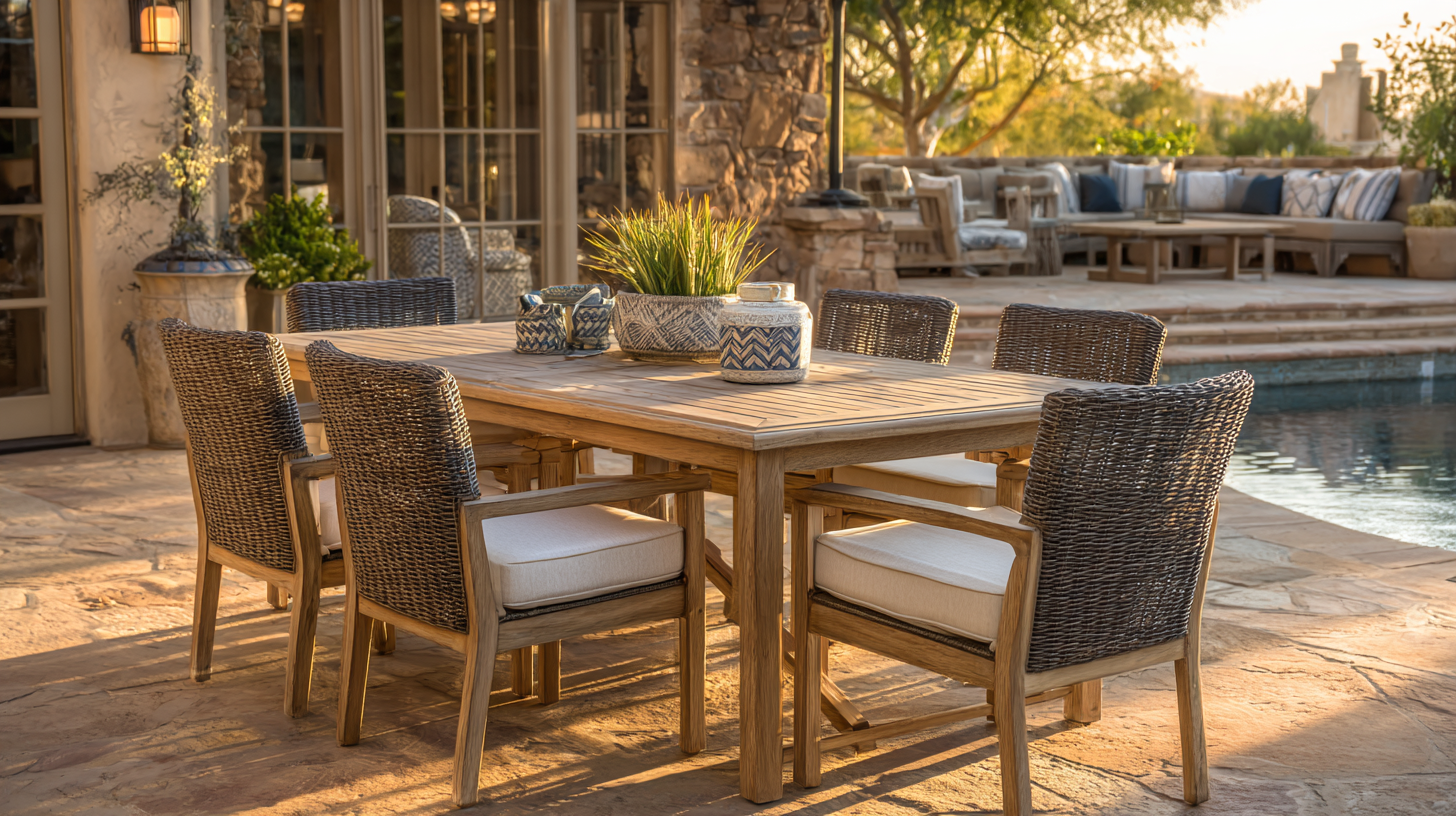 Wood, metal, and composite materials each bring unique advantages. For instance, teak and eucalyptus are known for their remarkable durability and resistance to rot, making them popular choices among homeowners. A study from the International Furniture and Design Association highlights that properties like teak can last up to 75 years with proper maintenance, positioning it as a long-term investment. On the other hand, aluminum and stainless steel are praised for their lightweight nature and modern aesthetic, while also offering resistance to rust and corrosion. Combining beauty and practicality in your choice of material can lead to a stunning outdoor space that lasts for years.
Wood, metal, and composite materials each bring unique advantages. For instance, teak and eucalyptus are known for their remarkable durability and resistance to rot, making them popular choices among homeowners. A study from the International Furniture and Design Association highlights that properties like teak can last up to 75 years with proper maintenance, positioning it as a long-term investment. On the other hand, aluminum and stainless steel are praised for their lightweight nature and modern aesthetic, while also offering resistance to rust and corrosion. Combining beauty and practicality in your choice of material can lead to a stunning outdoor space that lasts for years.
Determining the Ideal Size and Shape for Your Patio Space
When selecting the perfect outdoor table for your patio or garden, the size and shape play a vital role in creating a harmonious space. Start by measuring your patio area to determine how much room you have to work with. A general rule of thumb is to leave at least 3 feet of space around the table for comfortable movement. This ensures that guests can pull out chairs and move around without feeling cramped.
Tips: When choosing a table shape, think about the overall layout of your outdoor space. If your patio is more square, a round table can soften the lines, while a longer, rectangular table can complement a narrow space. Lastly, don’t forget to factor in your seating options and ensure they align well with the chosen table size, promoting both aesthetics and functionality in your outdoor oasis.
Evaluating Style and Design to Complement Your Outdoor Decor
When choosing the perfect outdoor table for your patio or garden, the style and design are pivotal considerations that can enhance your outdoor decor. According to recent industry surveys, over 70% of homeowners prioritize aesthetics when selecting outdoor furniture. Popular styles include modern minimalist, rustic farmhouse, and classic wrought iron, each providing a unique flair. For instance, a sleek, contemporary table can create an inviting atmosphere for alfresco dining, while a vintage wooden design can add charm to a garden retreat.
The material of the table also plays a crucial role in both style and durability. Options such as teak, metal, and recycled materials not only impact the overall look but also determine how well your furniture withstands the elements. Recent reports indicate that teak remains one of the most preferred materials due to its natural resistance to weather and pests, ensuring longevity and beauty. Additionally, integrating planters with your table design can create a cohesive aesthetic, allowing vibrant flowers or herbs to complement your chosen style, thus transforming your outdoor space into a serene haven.
How to Choose the Perfect Outdoor Table for Your Patio or Garden
| Style Type | Material | Shape | Seating Capacity | Price Range |
|---|---|---|---|---|
| Modern | Aluminum | Rectangular | 6-8 | $300 - $600 |
| Rustic | Wood | Round | 4-6 | $200 - $500 |
| Classical | Wrought Iron | Square | 4 | $400 - $800 |
| Contemporary | Glass | Oval | 6 | $500 - $1000 |
| Bohemian | Rattan | Asymmetrical | 4-8 | $250 - $750 |
Considering Weather Resistance and Maintenance Requirements
When selecting the perfect outdoor table for your patio or garden, one of the primary considerations should be weather resistance. According to the American Institute of Architects, furniture exposed to outdoor elements should ideally be crafted from materials rated for durability and resilience against the changing seasons. Teak, for instance, has become a popular choice due to its natural oil content, offering excellent resistance to moisture and rot. Reports indicate that teak furniture can last up to 75 years with the right maintenance, making it a wise long-term investment.
Maintaining outdoor furniture requires a strategic approach depending on the material chosen. A study conducted by the National Home Improvement Association emphasizes that aluminum and resin tables often require minimal upkeep, as they resist rust and fading effectively. In contrast, wooden tables necessitate regular sealing and treatment to preserve their integrity and appearance. Opting for weather-resistant cushions and covers can further extend the longevity of your outdoor setup, ensuring that it remains inviting and functional throughout the seasons.
Setting a Budget: Finding Quality Outdoor Tables Within Your Price Range
When setting out to find the perfect outdoor table for your patio or garden, establishing a budget is paramount. According to a recent report by the Outdoor Furniture Association, nearly 65% of consumers prioritize cost when evaluating outdoor furniture options. This statistic underscores the importance of defining your budget before diving into the shopping process. Typical price ranges for quality outdoor tables can stretch from $150 for basic models to over $2,000 for premium options, where durability and weather resistance become key features.
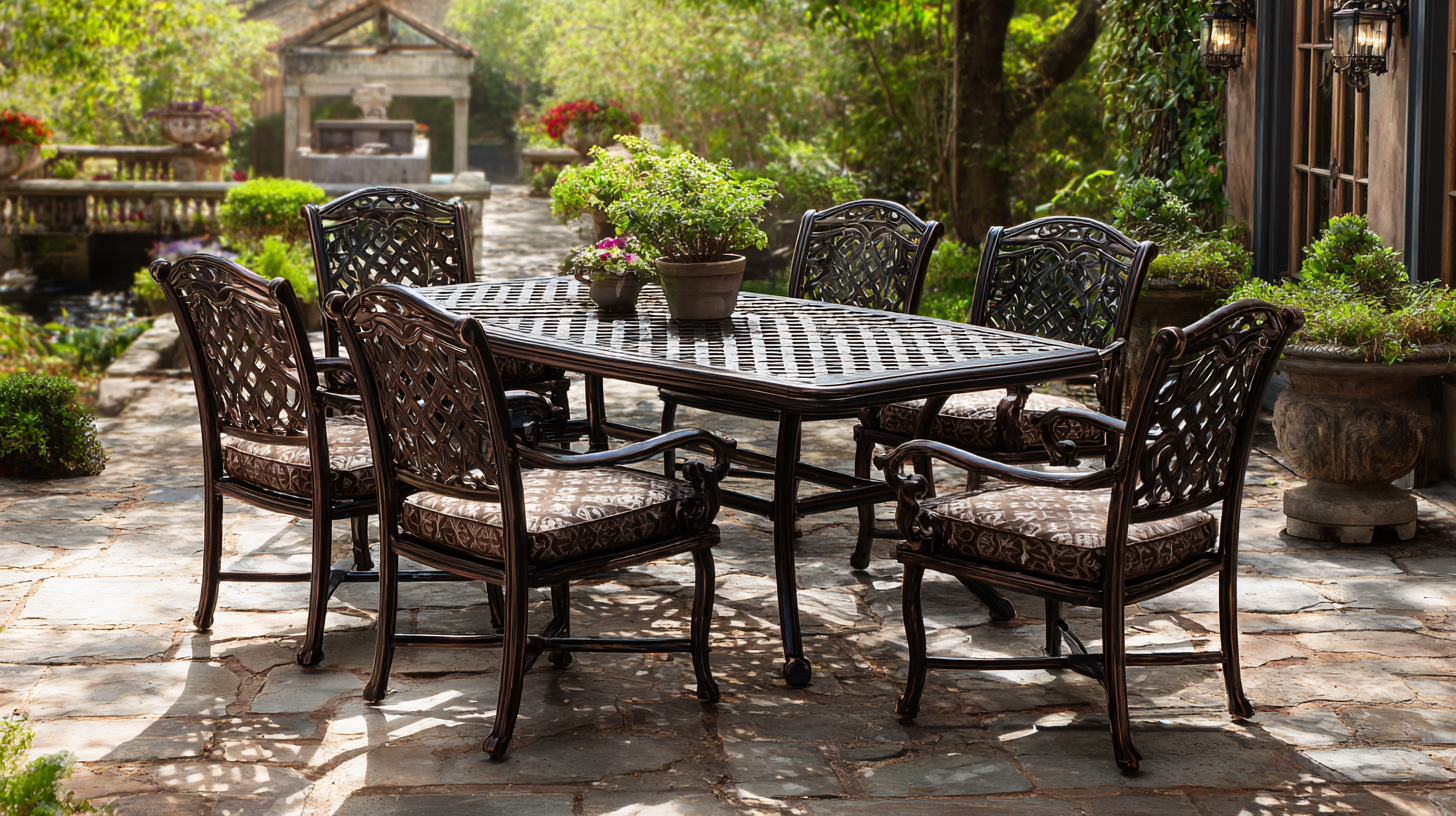
Research reveals that consumers should look for tables that strike a balance between affordability and longevity. A study by MarketWatch indicates that well-constructed outdoor tables, particularly those made from materials like teak or aluminum, can offer a solid return on investment, often lasting up to 10 years or more with proper care. By allocating a budget that considers both initial costs and potential long-term savings, savvy shoppers can make informed decisions that enhance their outdoor spaces without breaking the bank.
Related Posts
-
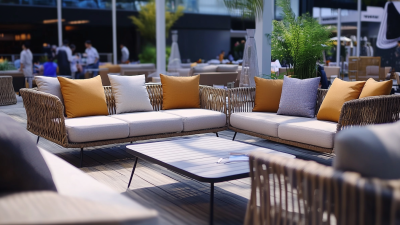
Explore Global Trends in Outdoor Furniture at the Spectacular 137th Canton Fair in Guangzhou
-
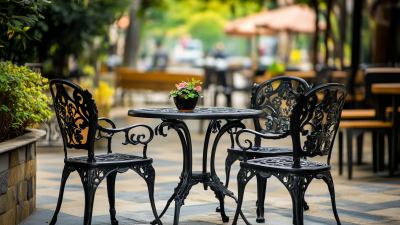
China's Resilience in Manufacturing Best Outdoor Bistro Sets Amidst US China Tariff Challenges
-
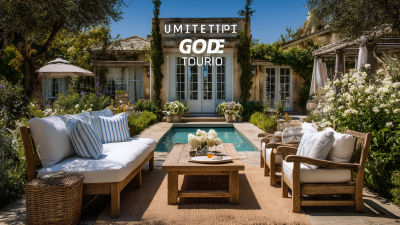
Ultimate Guide to Comparing the Top Outdoor Furnishings for Your Space
-
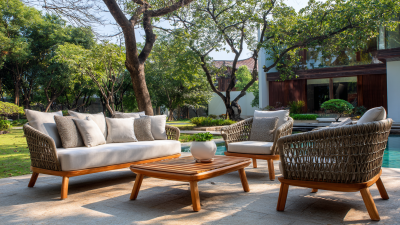
Crafted for the World: China's Pride in Exporting Elite Outdoor Furniture
-
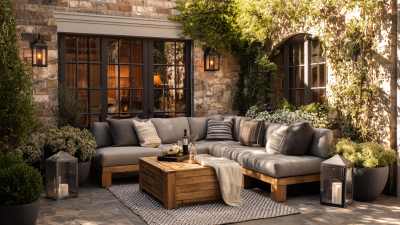
How to Choose the Perfect Outdoor Furnishings for Your Patio Oasis
-

12 Top Outdoor Tables for Ultimate Relaxation and Style